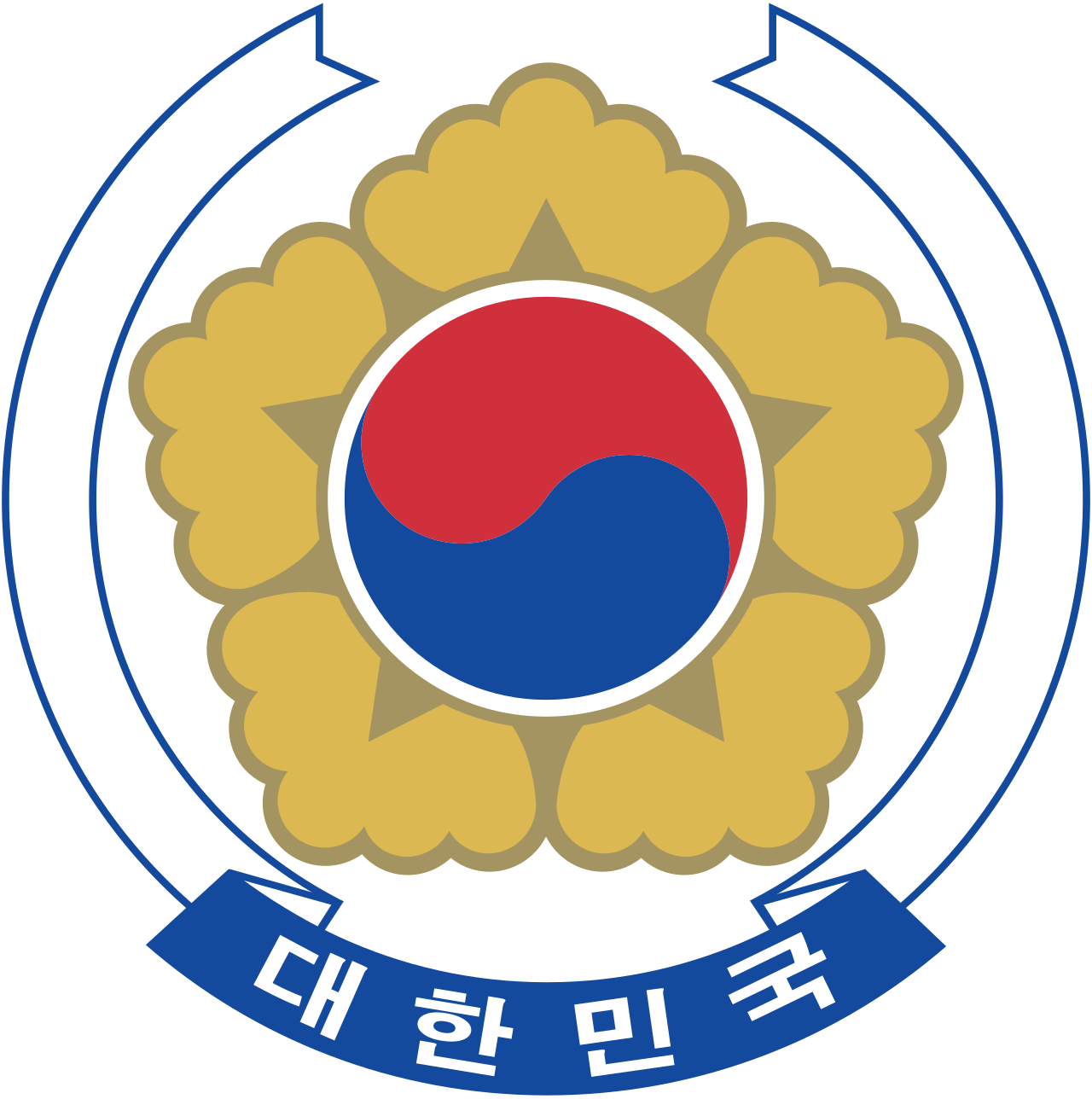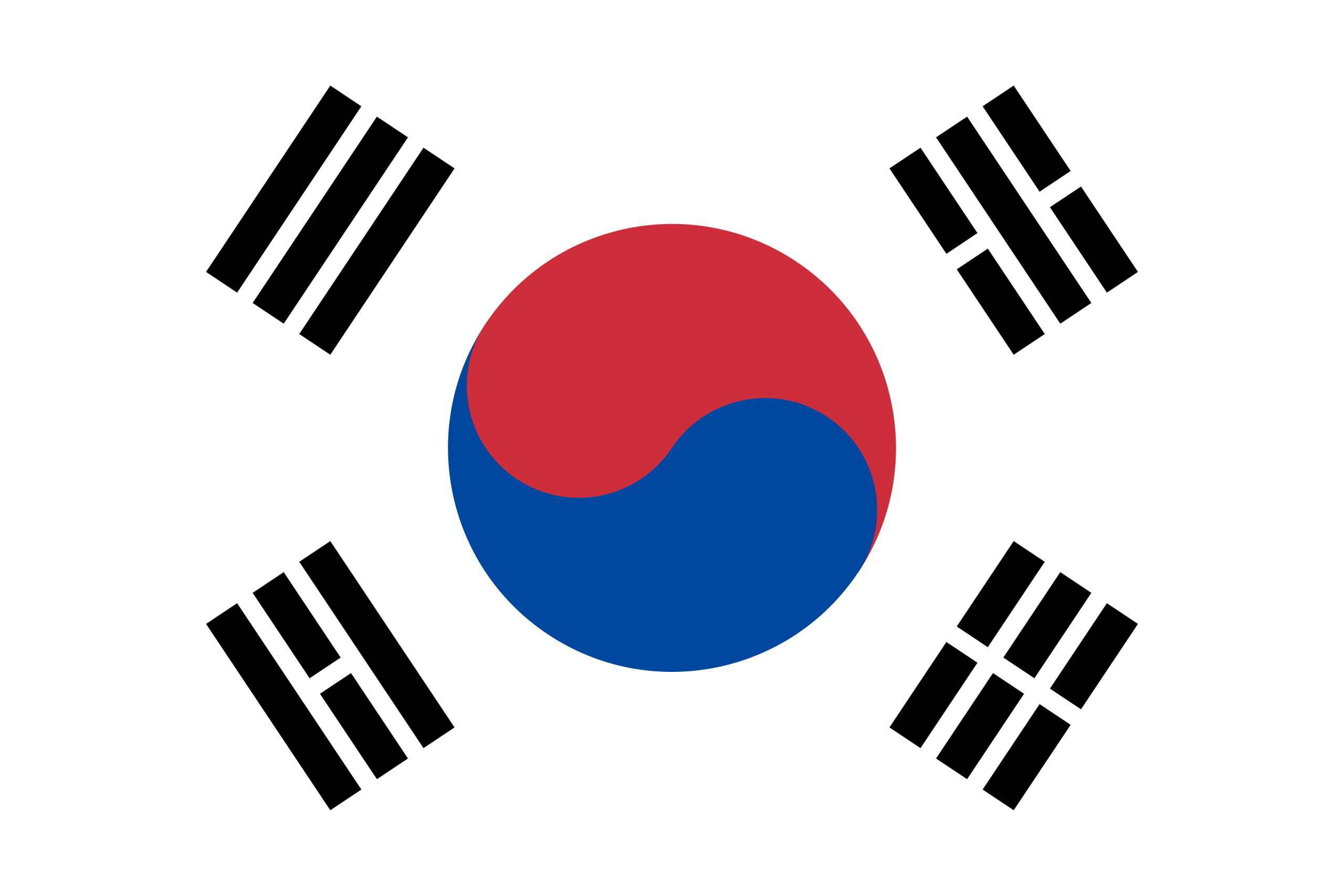- Oct 3, 2018
- 2,499

| 
| 
|
Strategic Arms Registrar ( GingeOrCringe ) |
Ambassador Oh Joon, Republic of Korea |
The Following Letter and its Report have been transmitted securely to the GA Security: Private and encrypted |
REPUBLIC OF KOREA
OFFICIAL REPORT ON CHEMICAL & BIOLOGICAL WEAPONS IN THE REPUBLIC OF KOREA ADDRESSING THE WMD STOCKPILE OF THE REPUBLIC OF KOREA
3 JULY 1998
——————————————————————————
REPORT FOR THE GLOBAL ASSEMBLY SECRETARIAT & DISARMAMENT AGENCY
- The ROK Special Tasks Force for Chemical and Biological Agents (STFCB) work combined the ROK Armed Forces, NIS intelligence, and Korean National Police agency’s collective efforts from intelligence gathering, surveillance and seizure, collecting, and policing efforts. Against the backdrop of reunification of the Korean Peninsula numerous efforts have been taken to avoid a blackhole where the proliferation of chemical and biological weapons ends up in the hands of terrorist groups, non-state actors, and rogue states. In cooperation with former members of the former North Korean WMD program, the ROK Government and government agencies have taken a number of steps under the Technical Working Group for WMD Disarmament (TWGD) and the Disarmament and demobilization group for North Korea (DDG) to ensure the disarmament and destruction of WMDs in the ROK’s arsenal. This arsenal was acquired in the ascension of North Korea into the Republic of Korea. It does not indicate a breach by the ROK in procuring and or otherwise acquiring through other nations weapons of mass destruction. Progress continues to be made in destroying the remaining declared stockpiles of chemical weapons, implementing and enhancing industry verification, expanding international cooperation and assistance.
- In the process of destruction of declared chemical and biological weapons in North Korea, the TWGD verified the destruction of 3.200 tons (t) of chemical weapons. Between entry into force of the Reunification Treaty.
- The Republic of Korea has carried out 200 inspections of facilities deemed suspicious and/or notified to relevant authorities of being industrial/agricultural facilities. Sampling and analysis activities were carried out during those inspections. Guided by the updated tools for the identification of scheduled chemicals: the Handbook on Chemicals and the online scheduled chemicals database these inspections were completed.
- The Republic of Korea continues to uphold its obligations under the Strategic Ordnance Prohibition (STOP) Resolution and is ready to clarify the declarations and statements made under this report. The report outlines the ROK’s continued commitment to the STOP resolution activities and maintained of the nonproliferation of chemical, biological, and other weapons of mass destruction. The report aims to outline and report the actions taken by the ROK with regards to the WMD arsenal acquired.
The Republic of Korea is in the possession of 3,500 tons of chemical weapons. The majority of this stockpile is Sarin and VX Nerve Gas with additional stockpiles of Anthrax and other highly deadly and infectious biological weapons.
All chemical weapon delivery systems have been dismantled. Artillery shells and rocket missiles capable of delivering these chemical weapons have been dissembled by the Republic of Korea. Dual-use shells and missiles have had any chemical weapon payloads removed and replaced with conventional armaments for use in the ROK Armed Forces.
The ROK has seized and interned all the artillery shells in Kanggye and Sakchu storage facilities. The ROK Armed Forces have been tasked with collecting, storing, and dismantling chemical weapons. The ROK Army has confiscated 30,000 shells of chemical weapons and has destroyed 25,000 over the past three weeks with the remaining 5,000 to be destroyed in the coming week. Additional questions may be directed to the Ministry of National Defense.
The ROK will continue to maintain existing chemical industry able to produce dual-use chemicals such as phosphate, ammonium, fluoride, chloride, and sulfur. These facilities will be given the same level of oversight as chemical facilities in the South of the country. Civilian oversight over this program is handled by the Ministry of Interior and Public Safety Agencies of the Korean Government. Further questions may be directed to the Ministry of Interior on this aspect.
There are 11 known chemical weapons facilities where these weapons are produced and stored. All 11 were the objective of the first deployed troops in the region. According to the existing manifests and inventories, all chemical weapons and biological agents are accounted for. Further efforts to trace and ensure that these inventories are accurate are being taken. Any discrepancies and unaccounted for agents will be immediately reported to the Global Assembly’s relevant agencies.
13 dedicated research and development facilities are under control, 8 of these facilities have been shut down until further notice. The remaining 5 have been absorbed by the Korean Government’s strategic weapons defense program to assist in countering and mitigating the effects of chemical and biological agents. This program is under the Ministry of Science and Technology. Further questions may be directed to this Ministry over the unclassified portions of the project.
The Korean National Police Agency is investigating all persons connected to the military R&D and WMD development program to ensure a complete report.


